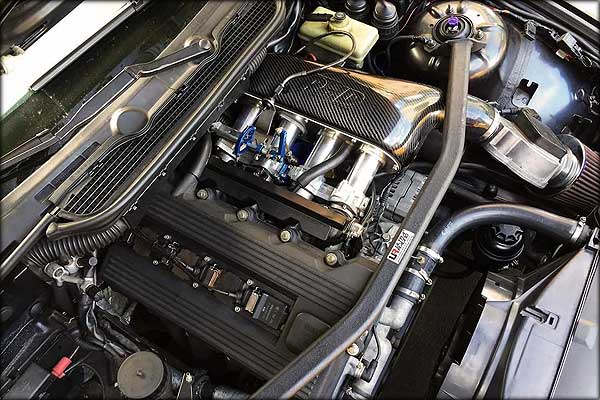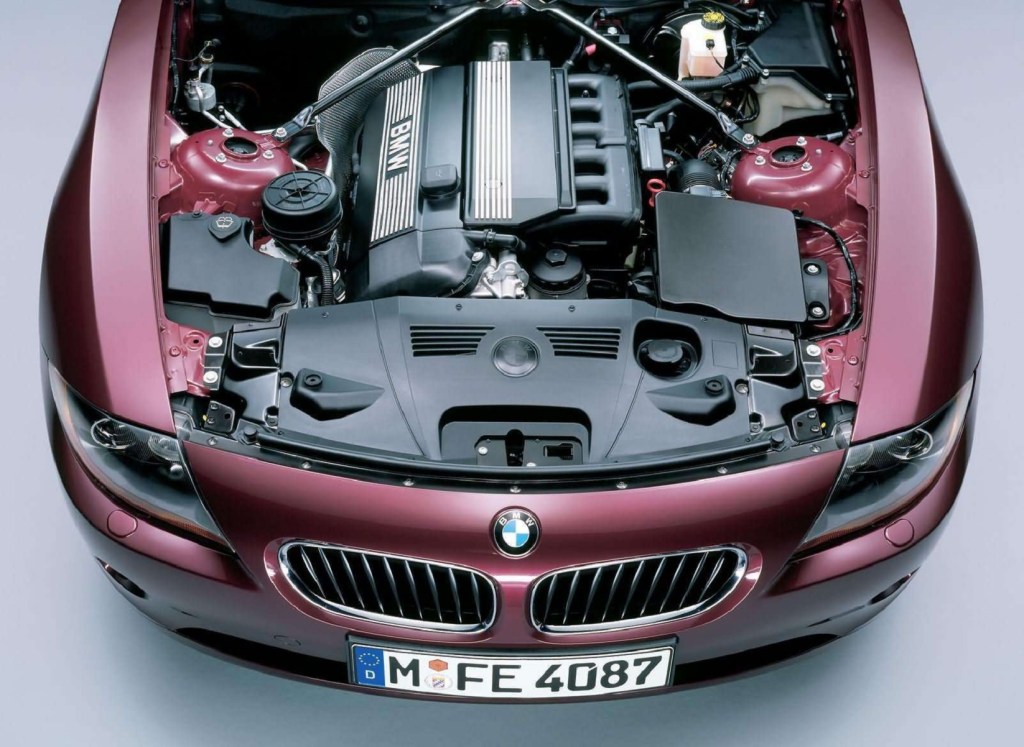Discovering the Evolution of Combustion Engines in Modern Transportation Systems
As we browse the landscape of contemporary transportation, the evolution of burning engines stands as a testimony to human ingenuity and design expertise. The interplay of background, innovation, and environmental problems in forming the trajectory of combustion engines develops a story that is both compelling and informative.
Very Early Beginnings of Combustion Engines
How did the principle of burning engines initial emerge in the early phases of transportation growth? When the concepts of internal burning were first discovered, the roots of burning engines can be traced back to the 17th century. In 1673, Christian Huygens conceptualized a standard interior burning engine that utilized gunpowder to generate power. Nevertheless, it had not been up until the late 19th century that sensible applications of combustion engines in transport began to emerge.
The advancement moment featured the innovation of the initial effective gasoline-powered engine by Karl Benz in 1885 - bmw engine. This engine led the way for the growth of the modern-day vehicle, reinventing transport systems worldwide. Subsequent advancements by Nikolaus Otto and Gottlieb Daimler better refined combustion engine innovation, bring about the automation of automobiles and the fast growth of the transport sector
These early combustion engines were defined by their simplicity and efficiency, laying the foundation for the complex and powerful engines utilized in contemporary transportation systems. The development of burning engines has actually been important in forming the way we travel and transport products, noting a considerable landmark in the history of transport advancement.
Shift to Internal Combustion Technology
The change to inner combustion technology noted a crucial change in the development of transportation systems. This change started in the late 19th century, with creators like Nikolaus Otto and Gottlieb Daimler developing the initial effective internal burning engines. These engines reinvented transportation by offering an extra effective and effective alternative to vapor engines and electric motors.
Among the crucial advantages of inner combustion engines was their capacity to be scaled down to match lorries, resulting in the development of bikes and cars. This shift from large, stationary engines to small, mobile ones led the way for the modern-day transportation systems we see today.
The change to internal burning technology additionally spurred innovations in fuel modern technology, resulting in the growth of gasoline and diesel as key fuel sources for cars. This shift not just made transport much more obtainable to the masses however additionally laid the foundation for the oil and gas market to come to be integral to worldwide economies.
Effect of Combustion Engines on Transport
The adoption of combustion engines in transport systems militarized a profound shift in the effectiveness and rate of global wheelchair. Burning engines revolutionized transportation by supplying a reliable and flexible source of power for different automobiles, consisting of vehicles, trucks, ships, and planes. This innovation substantially boosted the capability for individuals and goods to move over long distances click over here in shorter timespan, bring about enhanced connection between areas and nations.
Moreover, the extensive usage of burning engines has had a significant effect on economic advancement. The capability to carry products effectively has spurred profession and business, enabling services to broaden their markets and reach consumers worldwide. This has actually promoted financial growth and globalization, as products can now be transported much faster and in bigger quantities than ever.
However, the environmental influence of burning engines can not be forgotten. The burning of fossil gas has led to air contamination and greenhouse gas exhausts, adding to climate adjustment and posturing wellness dangers to populations. bmw engine. Consequently, there is an expanding emphasis on creating alternate propulsion innovations to reduce these adverse impacts and produce a more lasting future for transport
Advancements in Combustion Engine Layout
Countless developments in combustion engine layout have actually moved the advancement of transport systems over the decades. One noteworthy innovation is the growth of turbocharged engines, which utilize exhaust gases to drive a wind turbine that compresses inbound air, enabling even more read review gas to be charred, causing enhanced power result without a considerable rise in engine size. In addition, direct shot technology has actually improved fuel performance and performance by specifically managing the quantity and timing of fuel infused into the burning chamber. Variable shutoff timing systems have likewise changed engine style by maximizing air flow at different engine rates, enhancing both power and performance. Another substantial improvement is the assimilation of lightweight products such as carbon fiber and aluminum alloys, lowering overall engine weight and boosting vehicle fuel economy. Moreover, developments in computer-aided layout have actually made it possible for engineers to optimize engine performance and performance via simulations prior to physical models are built, saving time and resources in the advancement process. These developments jointly add to the continual renovation of burning engines in modern-day transport systems.
Future Trends in Burning Engine Advancement
With technology innovations driving continuous technology, the future of combustion engine advancement is positioned to transform transport systems globally. One of the crucial fads in combustion engine advancement is the press towards higher performance and reduced discharges.
An additional prominent pattern is the fostering of crossbreed technologies in combustion engines. Crossbreed engines incorporate traditional combustion innovation with electrical power, offering improved fuel effectiveness and reduced exhausts. As the automotive industry shifts in the direction of electrification, crossbreed burning engines are viewed as a transitional solution that bridges the space between traditional automobiles and you could check here totally electrical ones.
Moreover, the integration of smart innovations, such as expert system and information analytics, is anticipated to play a substantial duty in the future of burning engine growth. These modern technologies can optimize engine efficiency in real-time, leading to more efficient combustion processes and enhanced overall vehicle efficiency. Welcoming these future fads will certainly not just drive advancement in burning engine advancement however likewise contribute to a more ecologically pleasant and lasting transportation community.

Final Thought
In verdict, the development of combustion engines in modern transportation systems has actually been noted by substantial improvements in innovation and style. From the very early beginnings of combustion engines to the shift to inner combustion modern technology, these engines have had a profound impact on transportation.
The origins of combustion engines can be traced back to the 17th century when the concepts of internal burning were very first explored. These engines changed transport by offering an extra effective and powerful choice to steam engines and electrical motors.
